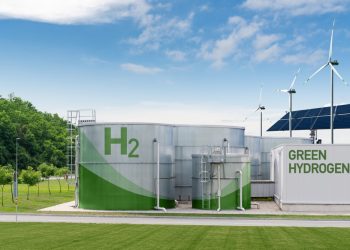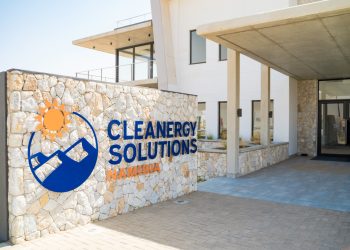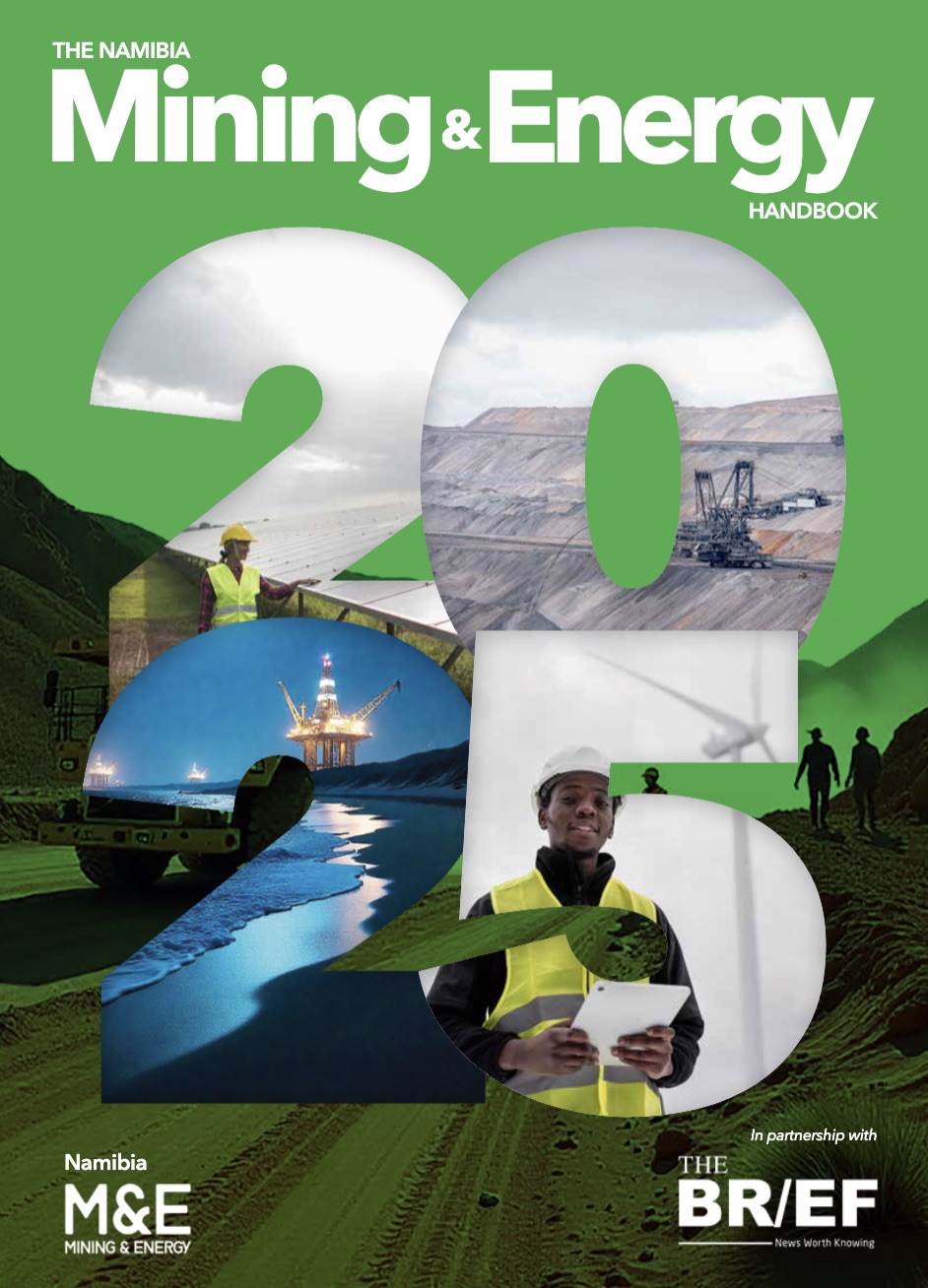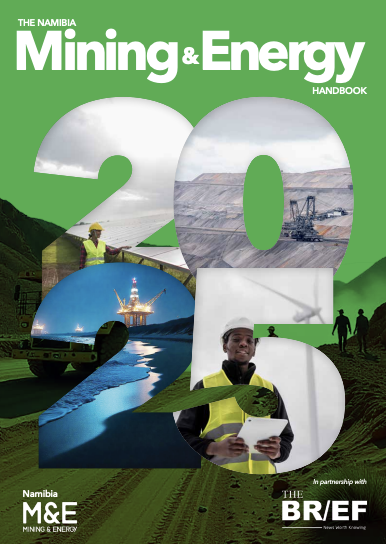
Namibia took a huge step forward in its ambition to become a green hydrogen and ammonia production hub with the groundbreaking of a low-carbon ammonium sulphate fertiliser pilot plant.
The plant, located inside the Dâures Green Hydrogen Village – Africa’s first net-zero village – will take advantage of Namibia’s abundant wind and solar resources to produce green hydrogen and ammonia, which in turn will be used to produce Namibia’s first zero-carbon fertiliser.
Backed by the United Nations Industrial Development Organisation, the plant near the port city of Walvis Bay will ensure a stable supply of fertiliser for Namibia and its neighbouring countries – including economic powerhouse South Africa – all of which are net importers of fertilisers.
Namibia is positioning itself as a leader in the green energy sector, with eight active green hydrogen projects that will place it at the forefront of global green energy initiatives.
The new facility will be the first in Namibia to manufacture low-carbon synthetic fertiliser, a crucial development for a country where agriculture is both the largest employer and a significant contributor to GDP.
It is expected to improve fertiliser access for local and neighbouring farmers, potentially enhancing productivity and crop yields.
Southern Africa produces only 7% of the fertiliser it consumes, making local production an important milestone for Namibia and the region, which suffer from some of the lowest fertiliser application rates in the world.
Fertiliser production is expected to begin by the end of 2026, with an initial capacity of 400 tonnes per annum.
Jerome Namaseb, CEO of the Daures Green Hydrogen Village, told The Brief that plans are underway for a US$250 million facility capable of producing 80,000 tonnes of ammonium sulphate fertiliser.
“The business case for this larger facility is being developed, with significant announcements expected in the next 12 to 18 months,” he said.
Similar projects are being pursued across Africa, including in Egypt, Morocco, Uganda, Kenya, and Mauritania; however, many remain in the conceptual phase.







